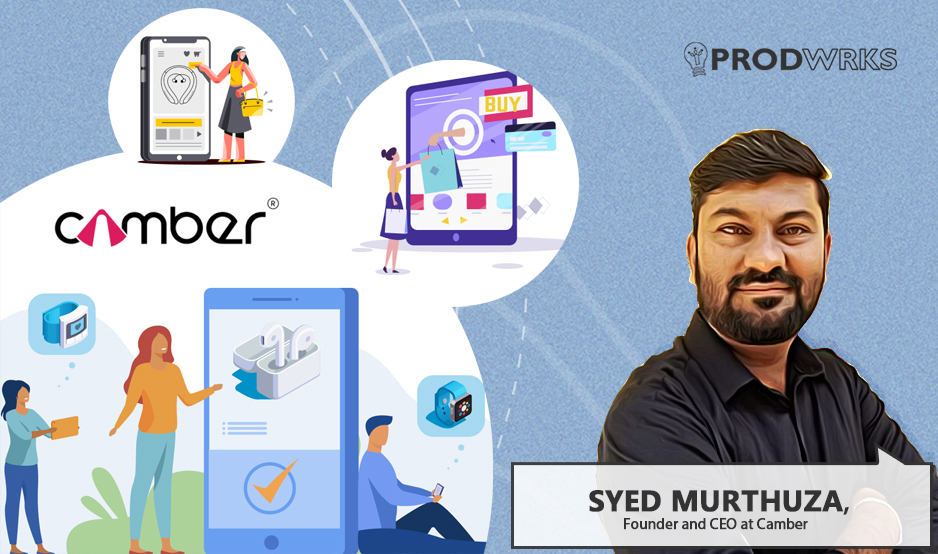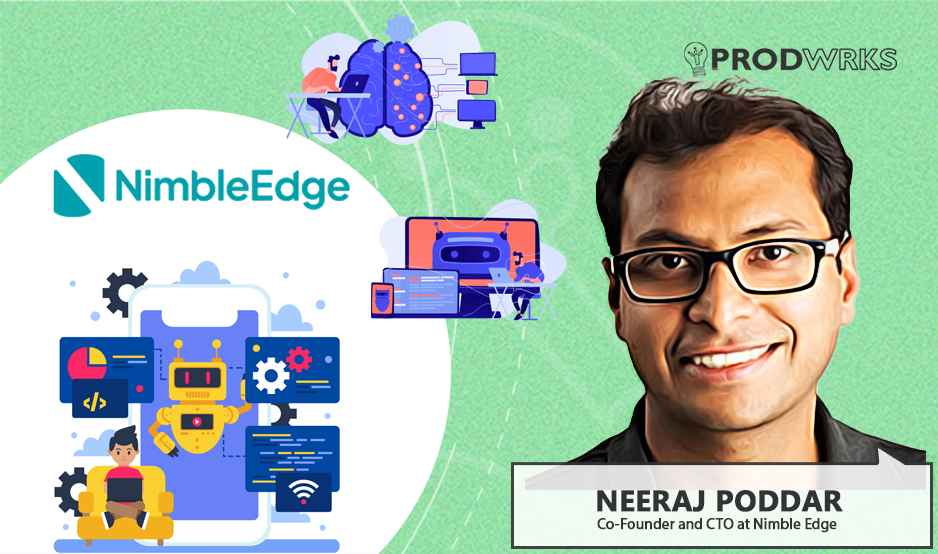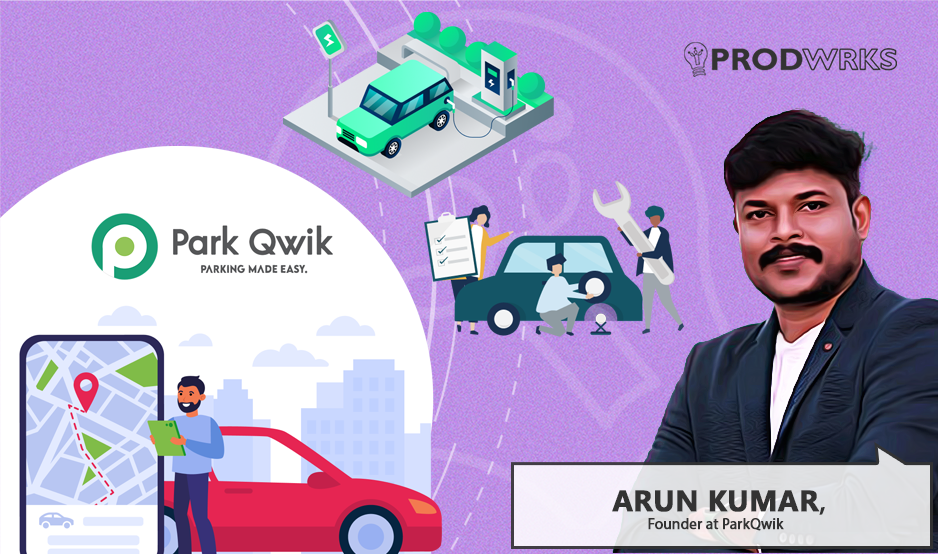
Syed says, “While researching, I realized that 80 to 90 percent of electronics brands are based in North India. There are very few brands in the South, and most shipments come from the North Before being distributed across the country.”
“This is how it plays out,” Syed explains. “If a TWS product launches at ₹1,000, the distributor buys it at ₹850 and sells it to the retailer at ₹900, so everyone maintains a margin. But if the online price drops to ₹900, the distributor can’t sell to the retailer without losing money, and retailers hesitate to sell above the online rate. Savvy customers will just buy online, bypassing the shop entirely.”
Balancing Style, Simplicity, and Local Market Needs
Syed says, “Through direct, long-term interaction with customers in a rural retail setting, I observed that purchase decisions are driven more by aesthetic appeal, basic usability, and brand perception than by full product functionality. Customers across age groups tended to choose products that looked stylish and were easy to use, even if they didn’t utilize advanced features.”
“Our strategy is to balance smart utility with fashion, recognizing that many potential users won’t utilize all features of a high-end product. This allows Camber to offer products that feel premium without overcomplicating usage or pricing.”
Direct-to-Consumer Strategy and Dual Channel Distribution
Camber primarily operates as a direct-to-consumer brand, a strategy designed to capture real-time feedback from customers before scaling into wider distribution.
The company initially launched with a smartwatch and a neckband, bypassing traditional digital marketing in favor of physical stalls at colleges, events, and startup fairs across Tamil Nadu, where customers could see, touch, and interact with the products. It assembles its products in India under the Make in India initiative.
“Most brands either ship fully assembled goods from China or use third-party assembly. We are also working with an assembly company for now, but we’ve started packaging in-house.”
Another observation that Camber caters to is that local shopkeepers were also cautious about selling products that are available online, since fluctuating online prices make it hard to maintain stable margins. Building on insights from customer preferences, Camber responded by developing offline-only products not listed on the company website.
To execute this strategy, Camber’s product range spans both online and offline channels. Online, the brand offers four SKUs: a neckband, a smartwatch, ANC earbuds, and a charging cable. Offline, it distributes 17 SKUs in total, including 12 charging cables and 5 mobile chargers, primarily to test market response and gather retailer feedback.
Hands-On Growth: Measuring Success Beyond Numbers"
“Whenever I receive ten calls a day asking about our product, I’m happy,” he said. “That is why people are calling me and asking, ‘Do you have this or not?’”
Running Camber as a solo founder for Syed has been a constant balancing act. The founder handles almost every aspect of the business himself, from product testing to marketing and distribution. He describes the challenge bluntly: with ten tasks in a day, only six or seven get done, and the rest roll over.
Multitasking is limited, he explains. “You can manage two or three things at a time, but trying to do everything simultaneously is impossible.”
The lack of a team also slows the process of scaling operations. Hiring is planned for 2026, but until then, growth depends on his personal capacity.
Despite these constraints, his hands-on approach has allowed him to observe customer behavior closely and shape the products accordingly.
The Road Ahead
Looking ahead, Camber’s strategy is focused on the evolving wearables market. The founder identified a clear product trajectory in the local market: consumers are moving from neckbands to true wireless earbuds, and from there to ANC-enabled TWS devices. This shift informs Camber’s product roadmap, with the brand betting on the hearables segment as a key growth area over the next five years.
Alongside product development, Camber is planning to set up a local manufacturing facility for charging cables and mobile chargers in Paramore. This move signals a step toward operational independence, rather than relying solely on third-party suppliers.
The brand is also observing changing user behaviors in specific segments, such as delivery and logistics workers. Many of these users rely on wearables to track notifications and manage orders, highlighting niche use cases that could drive adoption in untapped parts of the market.



